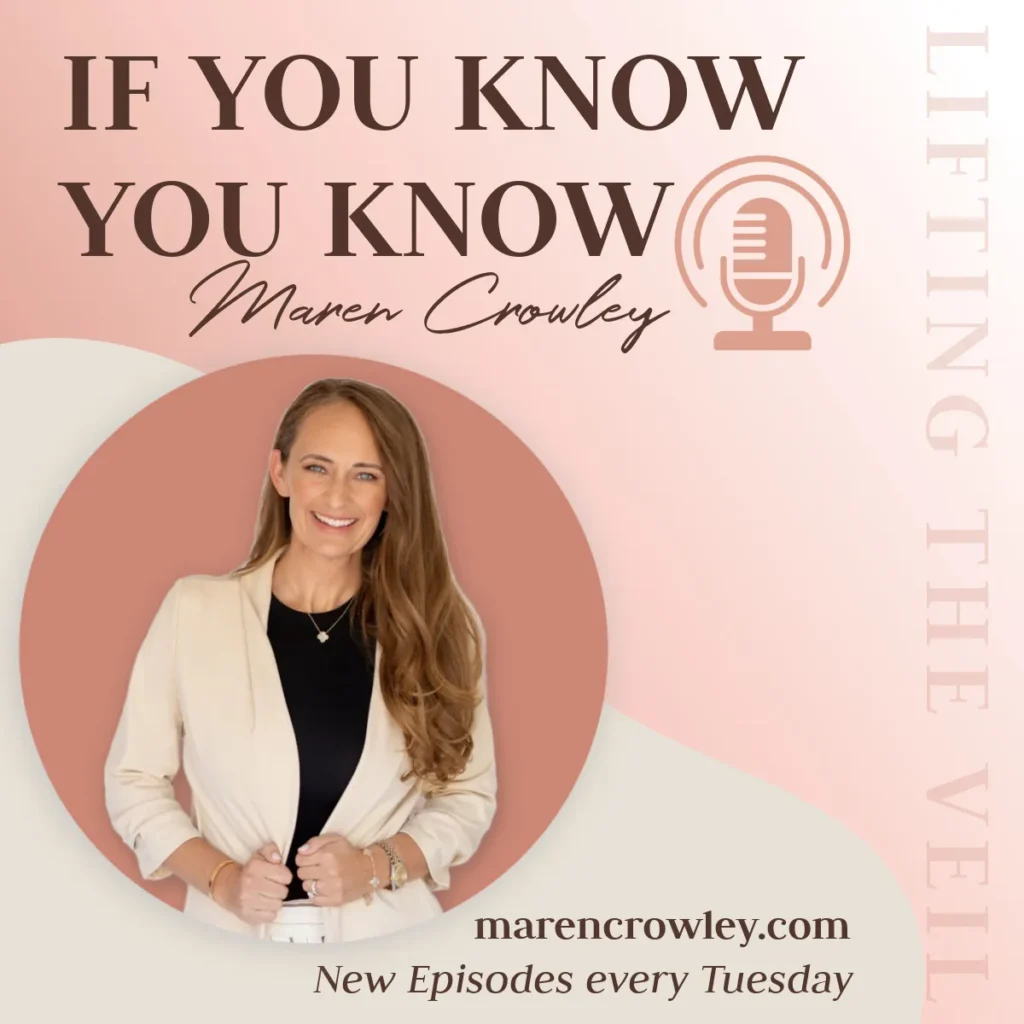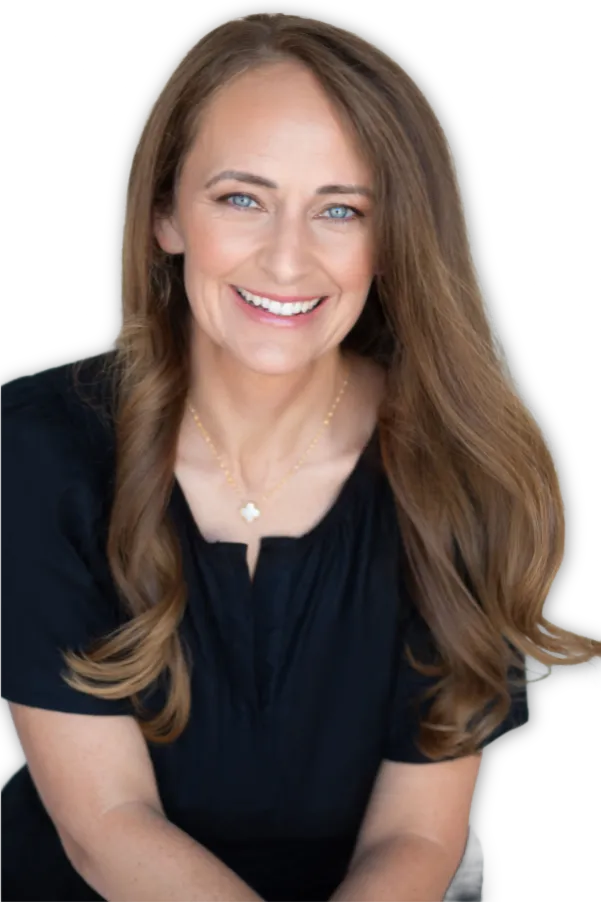Introduction to Baby-Led Weaning
What is Baby-Led Weaning?
Baby-led weaning (BLW) is a method of introducing solid foods to your baby’s diet. Unlike the traditional spoon-feeding of purees, BLW encourages babies to self-feed solid foods that are cut into manageable pieces. This approach supports developmental skills, motor control, and helps your child become familiar with the textures and flavors of different foods.
Why Choose Baby-Led Weaning?
Maren explains that the baby food industry, which emerged in the 1920s, has shaped the norms of how we feed our infants. By adopting BLW, parents step away from this industry and allow babies to discover food more naturally, as humanity did for centuries. BLW fosters independence in eating, helps in the development of the jaw muscles, and can be beneficial for a child’s grasp and coordination.
Preparing for Baby-Led Weaning
Essential Tools and Resources
Before starting BLW, it’s crucial to gather essential tools and resources:
- CPR and First Aid Course: Maren emphasizes the importance of knowing CPR and gagging vs. choking signs.
- Appropriate High Chair: A high chair with a five-point harness like the Stokke Tripp Trapp ensures proper posture and safety.
- Tools for Food Preparation: Ensure you have child-safe knives and cutters to prepare age-appropriate food sizes.
- Food Journal: Track introduced foods and monitor any allergic reactions.
Setting Boundaries
Maren highlights the significance of setting boundaries. When starting BLW, decide who will be responsible for feeding the baby. Consistency ensures careful tracking of food introductions and awareness of potential allergens.
Steps to Start Baby-Led Weaning
Timing is Everything
Start BLW when your baby can sit up unsupported, usually around 6 months old. Avoid starting too early, as a strong core and the ability to sit up are crucial for safe feeding.
Creating a Safe Eating Environment
Ensure that meal times are free from distractions. Turn off TVs and phones to allow the baby to focus on eating. Always supervise your baby during meals to address any immediate reactions or choking hazards.
Introducing Solid Foods
Begin by introducing single-item foods, one at a time. Avoid giving new foods late in the day or before naps, as Maren learned through her own challenging experience. Ensure the food pieces are large enough for your baby to grasp but manageable to chew to avoid choking.
Recognizing and Handling Food Allergies
Common Signs of Food Allergies
Maren describes two types of allergic reactions:
- IgE Mediated Allergies: Immediate reactions like hives, swelling, or anaphylactic shock. Always have children’s Benadryl at hand.
- Food Protein-Induced Enterocolitis Syndrome (FPIES): Delayed reaction (1-3 hours later) marked by severe vomiting, which can lead to serious complications.
Tracking and Response
Keep a food journal to record each new food introduced and any reactions. This documentation is invaluable if symptoms arise, providing specific details to healthcare providers for accurate diagnosis. If an allergic reaction occurs, seek prompt medical attention and avoid the allergen in future meals.
Navigating Emotional and Practical Challenges
Emotional Impact on Mothers
Transitioning from milk to solids can be an emotional experience for mothers. Maren stresses the importance of taking the process at your own pace and standing firm against outside pressures. Remember, food before one is primarily for fun and exploration, with milk still being the main nutritional source.
Practical Tips for Managing Meals
Maren suggests:
- Using a high-quality smock to manage messes during meals.
- Embracing the imperfect, often messy BLW process.
- Making meal times a joyful family event to foster a positive eating environment.
Seeking Support and Further Resources
Engaging with Experts and Communities
Maren recommends following helpful platforms like Solid Starts on Instagram and utilizing their apps and courses for further education on BLW. Engaging with supportive communities and learning from others’ experiences can provide invaluable insights.
Professional Guidance
If your baby shows signs of food allergies, consider seeing an allergist for a thorough evaluation. Maren’s story underlines the importance of professional advice when dealing with complex reactions like FPIES.
Conclusion
Baby-led weaning is a rewarding journey that encourages healthy eating habits and developmental skills in your child. It’s essential to prepare adequately, track progress meticulously, and be mindful of potential food allergies. By following Maren’s guidance and learning from her experiences, you can confidently navigate BLW and provide your baby with a nourishing start to their culinary adventures.
Check out the app referenced here >> https://solidstarts.com/


